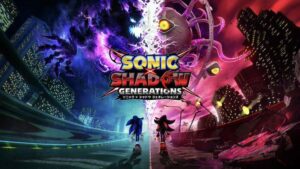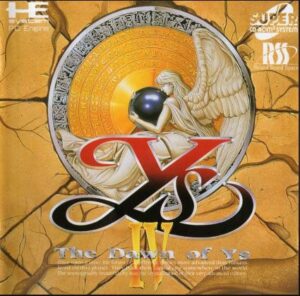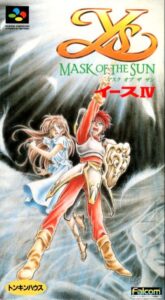And so we move on to the final frontier. Having covered last week’s film Ghidorah the Three Headed Monster we move on to today’s film, one that is rather unique among Godzilla films in its production, plus it was made at the height of the space race and the plot very much reflects that. This is Godzilla’s first foray into the vast unknown of space. This is Invasion of the Astro Monster!
Introduction & Pre-Production
So, let us take a step back and talk about UPA (United Productions of America), a film company that started producing animation before shifting to film distribution. In the 1960s they reached out to Henry G. Saperstein for the purpose of acquiring high quality monster movies for distribution in the United States. This led to Saperstein reaching out to Toho to contract the development of several movies under this partnership. The first film produced under this contract was the Ishiro Honda directed Frankenstein vs. Baragon, which is known in the States as Frankenstein Conquers the World. Despite the partnership starting with that film Saperstein was much more involved in the production of Invasion of the Astro Monster, even going so far as to partially fund the production himself.

Invasion of the Astro Monster was unique in its cast composition as the original Japanese cut of the film featured a multi-national cast made up of both Japanese and American actors. We had series regulars such as Akira Takarada starring alongside Kumi Mizuno, Akira Kubo as well as the late Nick Adams. The film had Toho production veterans in the form of Ishiro Honda as director, Eiji Tsburaya as special effects coordinator, Akira Ifukube as the lead composer, and Shinichi Sekizawa as the film’s writer, which as you may have noticed was the key production staff for the last few films.
The film was released in Japanese theaters as Invasion of the Astro Monster on December 19, 1965, whilst the American cut of the film saw release on July 29, 1970 under the name Monster Zero. This movie is also the sixth mainline film in the Godzilla franchise.
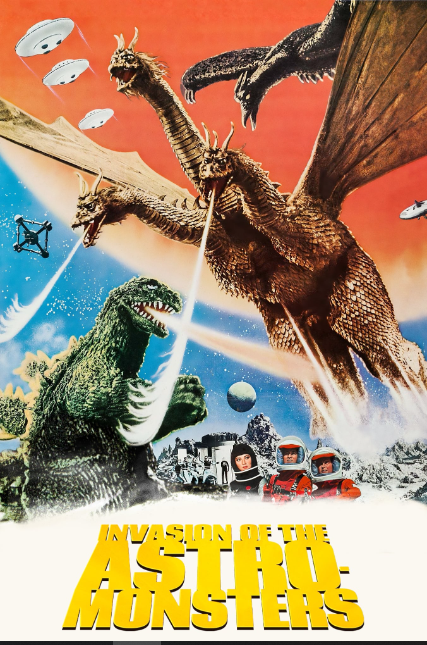
Synopsis & Writing
Our story begins in the year 196X as a pair of astronauts blast off to explore the newly discovered and mysterious Planet X. The pair soon meet with the planet’s residents, the Xiliens as they struggle against a monster they know as Monster Zero who is actually revealed to be King Ghidorah. This is where the extra-terrestrial monster fled after his defeat at the hands of Godzilla, Rodan, and Mothra at the end of the last film. Desperate for help, the Xiliens ask the people of earth if they can borrow Godzilla and Rodan to drive off Ghidorah in exchange for a miracle drug. However, all is not as it seems, and the people of earth are soon in for a fight with a foe from beyond the stars.
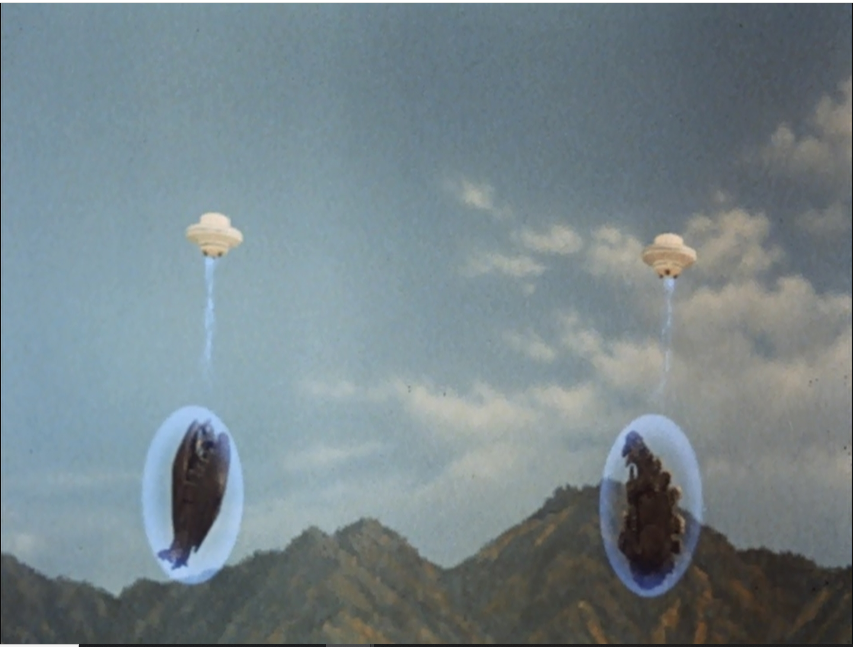
The film presents itself with a very simple setup with several twists, some of which are more transparent and obvious than others. But those familiar with the Godzilla franchise should have the experience to make the assumption that extra-terrestrial aliens are always bad news. And being the first film in the franchise to feature humanoid aliens, Invasion of the Astro Monster sets the tone for encounters with extra terrestrials in the franchise.
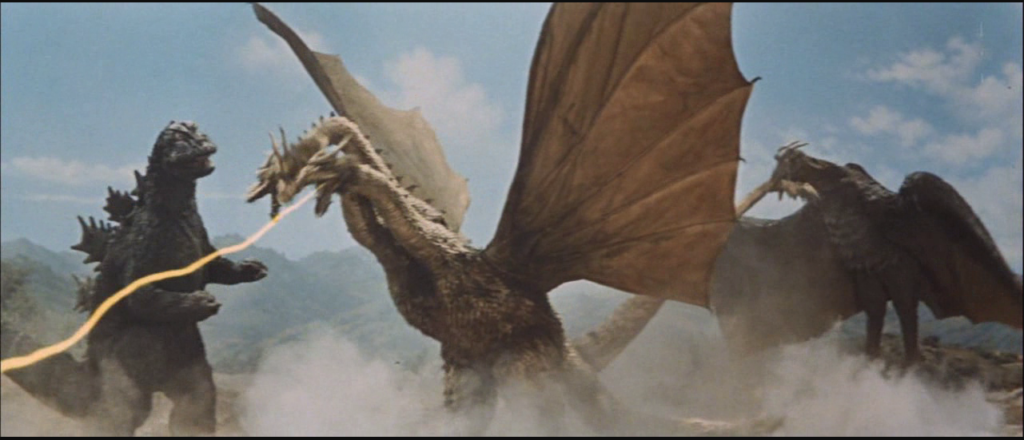
Invasion of the Astro Monster is confirmed to be in continuity with the previous film Ghidorah. So, the idea that the Xiliens are aware of Godzilla and Rodan’s battle with Ghidorah does make some degree of narrative sense. However, that ignores a critical element of the last film, which is the involvement of Mothra. The insectoid monster was inarguably the true monster protagonist of the last film and without whom Godzilla and Rodan would not have rallied to face Ghidorah in the first place.
An argument could be made that the more mystical nature of Mothra and her stewards, The Shobojin or twin fairies (depending on your dub) didn’t mesh with the more science-fiction tone and atmosphere that this film was going for. Whilst gathering my research for this piece I couldn’t find any behind-the-scenes aspects supporting the idea that Mothra was excluded for budgetary reasons. The likelihood that Mothra’s exclusion was an intentional choice made for the sake of committing to a science-fiction atmosphere seems likely.
On the monster side of things, at first glance Invasion of the Astro Monster appears to be just a retread of the conflict of Ghidorah with a handful of changes such as Mothra’s exclusion and the fact that the opening fight between our monsters actually takes place in space. What sets this movie apart I find is the human storylines, which is something that my childhood self would never have said.

We have two plotlines running in tandem; Plotline A follows our astronauts and the governments of earth and their investigation into Ghidorah and the Xiliens. Whilst Plotline B has a down- on-his-luck inventor selling his invention (one that makes a blood-curdling sound) to a mysterious benefactor and the complications that come with that. These two plotlines at first glance have nothing to do with each other, but as they naturally intersect I found myself very interested in how they would both play out. As is common with Honda and Sekizawa films, the monster action and human drama are two parts of a greater whole and serve to elevate one another.
From a narrative perspective Invasion of the Astro Monster is rather unique within the franchise’s storied history as Godzilla very often fully commits to a science-fiction setting. Here we get elements of it in smaller amounts in both the past and future. There is a handful of NASA influences all over this film and the space race inspired one of the more interesting stories in the franchise without getting too bogged down in an anti-nuclear or quasi-political commentary like films that came before.
Presentation & Score
Invasion of the Astro Monster actually had a lower budget than previous films in the series with a production budget of 132 million yen or $920,000 USD. Godzilla himself had a new suit constructed for the film while Ghidorah and Rodan used recycled suits, with some alterations made of course. This film also started the trend of recycling past footage of monsters in order to cut down on production costs. Honda and the production crew maintained vigilance on how much they were doing this as fans are very good at noticing these details and pointing them out. Subsequent films in the classic series would become quite infamous for using copious amounts of stock footage. But here it is relatively harmless.
I want to take a moment to discuss the monster action, to point out that I think the highlight of the monster action in this film is the initial encounter Godzilla and Rodan have with Ghidorah on Planet X. This setting is very unique for a Godzilla film since the low gravity of the setting allowed for a lot more creativity in the action choreography. That scene also gave us the Godzilla victory dance that has since become world famous. In comparison, the scene at the climax takes place on earth, a very familiar place. So, the choreography is very uninspired and ends up coming off as a lesser version of the climax from the previous movie.
Typically, there is a vast number of changes that take place in editing that differentiate the Japanese and American versions of Godzilla films. This film, partially due to its bi-lateral production, has very little that changes between the versions, so they are largely identical. The Japanese version’s runtime is at 94 minutes whilst the American version clocks in at 93 minutes, which tells us that very little was changed, apart from the title. The most notable change in dialogue was what the miracle drug offered by the Xiliens actually was. In the original Japanese it was specifically a cure for cancer, whilst in English it’s a non-descript cure for all diseases.
Despite Toho and UPA collaborating on the production of Invasion of the Astro Monster the English version of the film didn’t get released for five years. The English dub was commissioned by Saperstein and recorded by Glen Glenn Sound, based out of Los Angeles. When asked why the English cut of the film took so long to reach audiences Toho claimed they didn’t want to saturate the market and lots of technical work had to be completed before the film was ready for audiences. Saperstein later confirmed in an interview that production had finished in 1966 but negotiating distribution took four years. Weirdly enough, Invasion of the Astro Monster sat on the shelf because UPA believed the film didn’t have potential. Again, this is weird because part of the reason this film was made in the first place was because UPA wanted monster movies for the States. This wasn’t the only film put in such a state as War of the Gargantuas also remained mired in production issues that delayed its release.
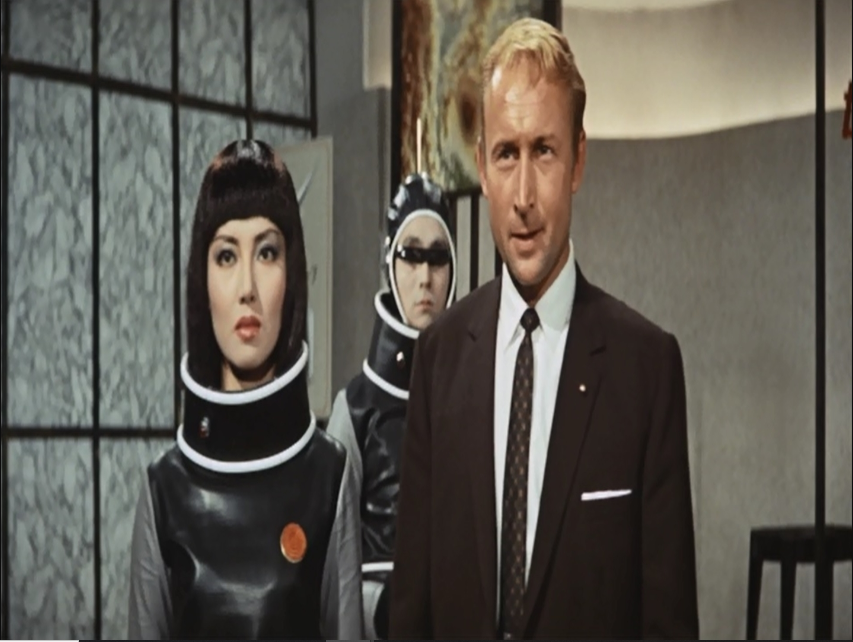
Invasion of the Astro Monster grossed over $4.2 million USD across its Japanese and American theatrical runs. The film, like many other films in the franchise, found a healthy extended life on home video and is now available in home releases such as the Criterion Collection. And it can also be found on streaming services such as Amazon Prime and HBO Max.
Conclusion
As a film that I hadn’t watched since I was a young child I found myself pleasantly surprised at how much I enjoyed it during this rewatch. The similarities to Ghidorah the Three-Headed Monster bothered me as a child, but as I’ve gotten older I’ve come to appreciate the things that this film does differently, and Invasion of the Astro Monster remains a very unique film across Godzilla’s entire library of films. What could be simply referred to as “Godzilla in Space” actually has a lot to offer, and I definitely recommend it to any fan of monster movies that hasn’t yet seen it. Hopefully, next week’s film will prove just as entertaining as we will be covering Ebirah, Horror of the Deep next in the Godzilla marathon!
Patron Shout-Out
Special thanks to our Patreon supporters without the support of whom our content would not be possible without:
Francesco
Lisa


